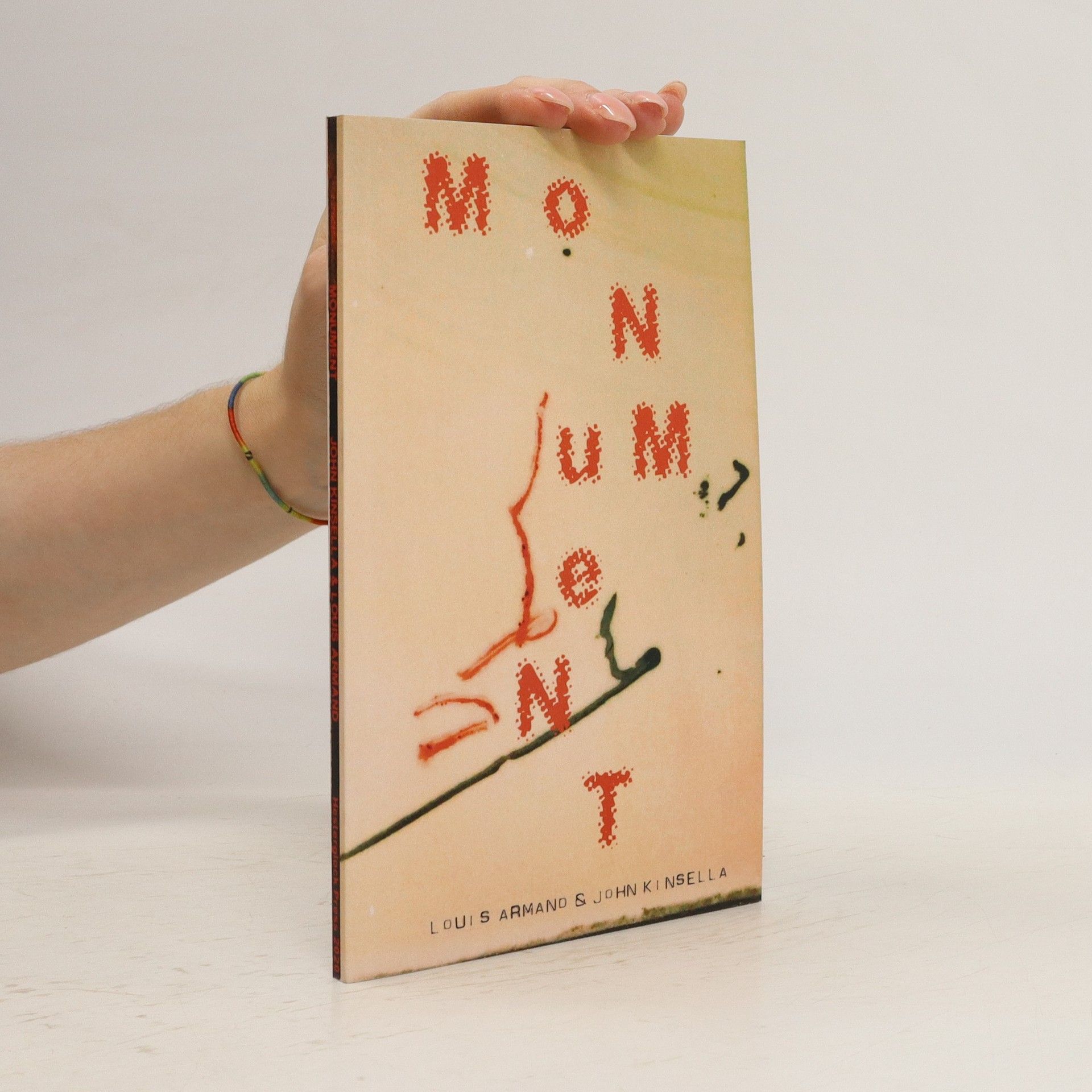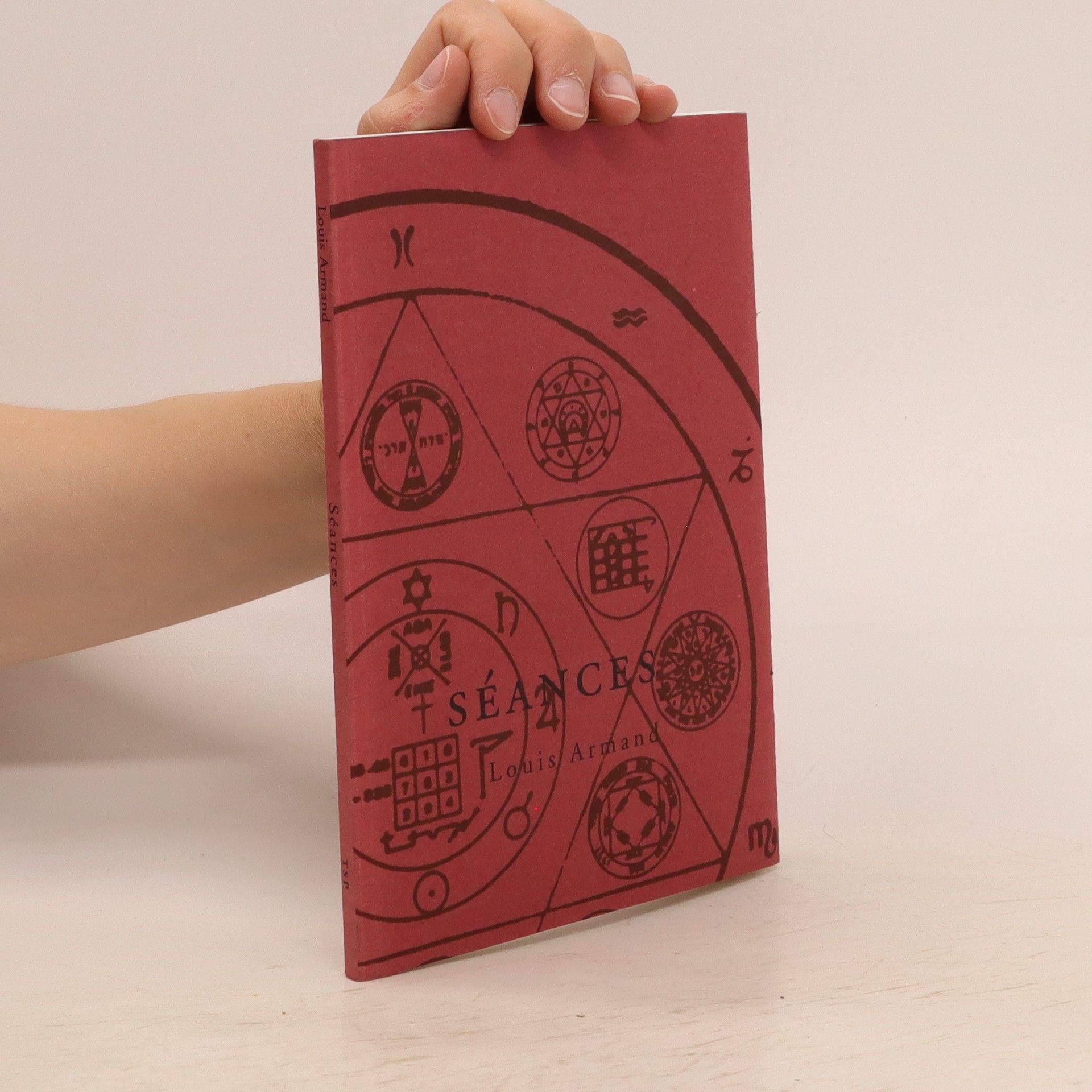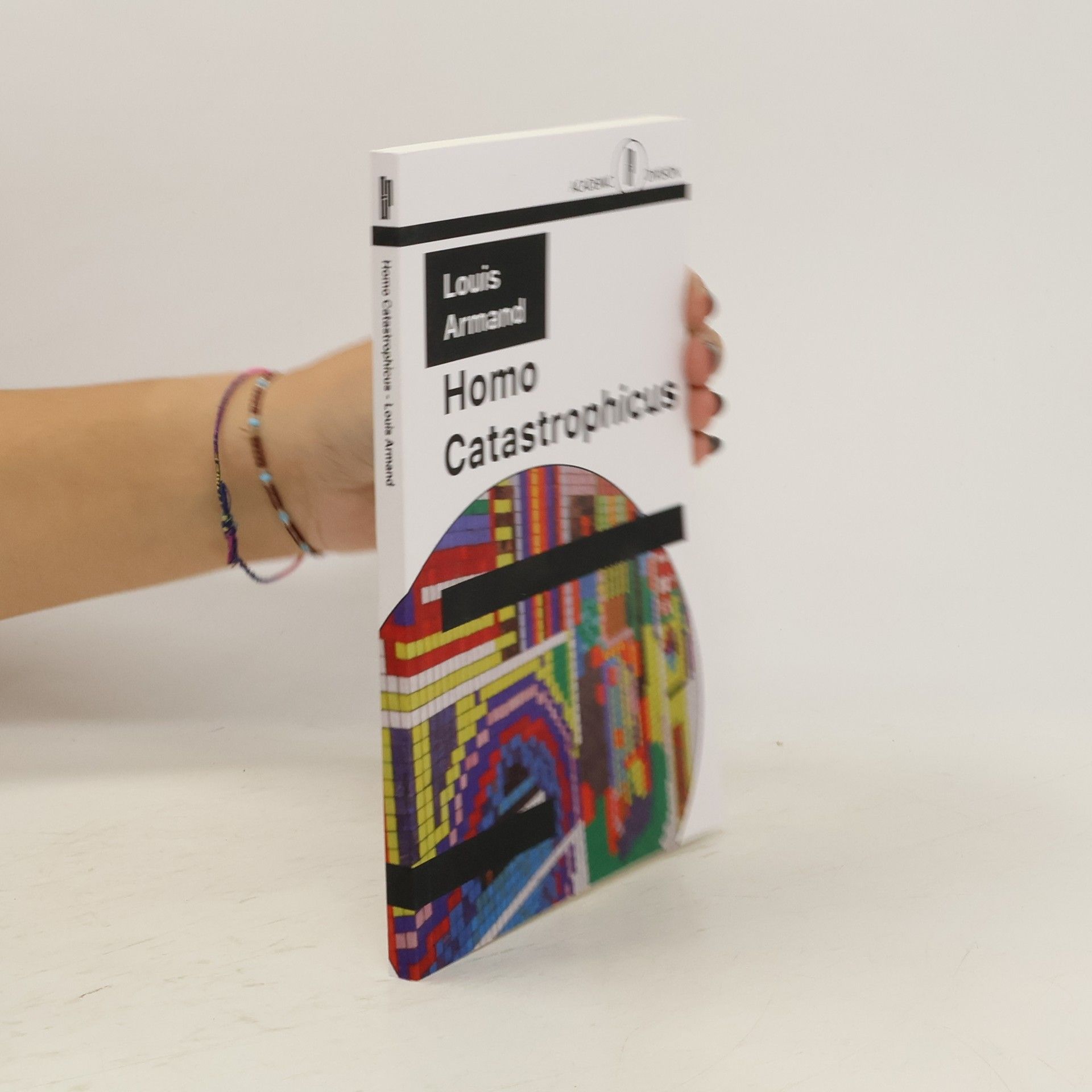In Homo Catastrophicus Louis Armand explores the agonism of an emergent Algorithmic State Apparatus. Its genealogy traverses the constellation of aesthetic & political avant-gardes of the long 20th century & the terminal shock of posthumanism. Technology has always posed a challenge to notions of human subjectivity. Yet this challenge cannot be resolved dialectically, as a rapprochement between the human & non-human, since technology must be understood as defining in advance what it means to be human, conditioning the very possibility of "human being."The figure of Homo Catastrophicus is the historical "subject" turned on its head - a theoretical antipode to the dialectic of modernity & the "No Future" conspiracy of Capitalist Realism. If capitalist realism inscribes history as crisis - as a discourse perpetually anachronistic to itself, "out-of-joint," always before its time yet perpetually after the event - then Homo Catastrophicus evokes history's schizoid chaos agent. Homo Catastrophicus is not a descent of man for modern times, it is an ontology of catastrophic being grasped through an antagonism with every possible world-view: ideology's doppelganger. Homo Catastrophicus is the alterego of the humanist fallacy - an inhumanity that dreams the apotheosis of civilisation.
Louis Armand Book order
Louis Armand is a writer and visual artist whose work delves into themes of darkness, despair, and existential desolation, often set against bleak, monochrome backdrops. His distinctive style is characterized as a potent blend of noir and hardboiled existentialism, drawing readers into the raw realities of his narratives. Armand's prose is known for its relentless intensity and its unflinching exploration of the human condition. His contributions to literature are marked by a unique voice that captures a profound sense of urban decay and psychological depth.







- 2024
- 2024
ANIZAR
- 126 pages
- 5 hours of reading
Exploring the intersection of poetry and societal norms, the narrative combines the unique styles of Jorge Amado, Manuel Puig, and Cabrera Infante. It presents a vibrant, absurdist landscape filled with characters ranging from disillusioned revolutionaries to satirical figures. The work challenges the historical materialism perspective, inviting readers to reflect on the complexities of cultural evolution and the ongoing conflict between artistic expression and social expectations.
- 2024
Feasts of Unrule
- 114 pages
- 4 hours of reading
Exploring the philosophy of rights and morality, this work critiques the dominance of Platonic reason over poetry and human freedom. Engaging with thinkers like Arendt and Derrida, the author defends the necessity of poetic truth as a commitment to writing against oppressive social orders. Drawing on the dissident voices of Darwish, Goytisolo, and Rimbaud, it confronts the rhetoric of terror and the constraints of corporate-state power, advocating for a decolonization of thought amidst contemporary apocalyptic fears.
- 2024
The Combinations (4th edition)
- 938 pages
- 33 hours of reading
Shortlisted for the 2016 Not the Booker Prize, this novel explores the complexities of human relationships and the impact of societal expectations. With a blend of humor and poignancy, it delves into themes of identity, loss, and redemption, following characters as they navigate personal challenges and confront their pasts. The narrative is rich with vivid imagery and emotional depth, making it a compelling read that resonates with those seeking both entertainment and introspection.
- 2024
Infantilisms
- 126 pages
- 5 hours of reading
Exploring the tension between serious culture and the liberating force of passion, this work draws on the philosophies of Charles Fourier and William Blake. It champions the concept of "infantilism," where true creativity and joy emerge from a childlike spirit, resisting oppressive societal norms. The narrative critiques the somber nature of conventional literature, advocating for a poetic engagement with life that embraces tenderness and playfulness. Ultimately, it invites readers to abandon passive observation and participate in the joyful chaos of existence.
- 2023
Entropology
- 158 pages
- 6 hours of reading
Exploring the relationship between capital and life, the book presents a unique perspective on how both face the constraints of entropy. Louis Armand introduces the concept of "entropology," critiquing capitalist realism and examining ideological tropes within modernity, avant-garde, media culture, cybernetics, and posthumanism. This work proposes a new critical theory that emphasizes the interconnectedness of technology and life, suggesting that both evolve and influence each other in complex ways.
- 2020
The Garden (Director's Cut)
- 156 pages
- 6 hours of reading
Hashish-infused, amphetamine-driven & ranging in bold thematic cross-cuts from the seminal "garden" of the Book of Genesis to Hieronymous Bosch's Garden of Earthly Delights & The Perfumed Garden of Shaykh Nefzawi, to Pierre Guyotat's Eden Eden Eden & Derek Jarman's film of the same name, Armand's The Garden is by turns excoriating & lyrical, political & pornographic, a blasphemous ransacking of literary & theological pieties - "a practice, an ascetic aesthetic," as McKenzie Wark wrote in one early review, "for moving toward feeling in the pure form of its impurity."
- 2020
Monument
- 111 pages
- 4 hours of reading
Monument is a collaborative collection between John Kinsella and Louis Armand, which follows on from their earlier Synopticon project (though differs from it in that, rather than being an 'overwriting,' this was produced in a reverse 'erasure' process). Featuring 100 pseudo sonnets & variations, it began in Gordon Square, London as a response to the colonial institutional politics of the British Museum.
- 2018
“À ces mots, il s’est tu. Assez de mots! Il c’est tué.”Set in and around Jardin des Plantes, Paris, Europe, the World, the Universe, Armand’s short novel is a whodunit with multiple twists. The setting of the tale against a backdrop of fossils and marvels of taxidermy gives Armand’s story a macroscopic dimension. As if the evolution of an entire species could be compressed into several hours of a Sunday morning. As if a tale of a murdered schoolteacher and a vengeful mob could tell of speciation and extinction throughout the evolutionary history of life on Earth. And it can. Armand’s deftly written fragmentary narrative is a point-counter-point of silent unheard voices, whose apocalyptic finale eschews euphony in favour of a cacophonous refusal of resolution. “NO END” – loose ends being preferable to final solutions…


